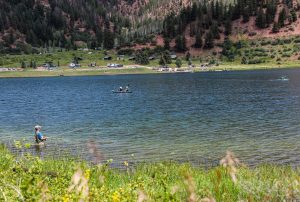Crosho Fire leaves burn scar; but sparks new growth
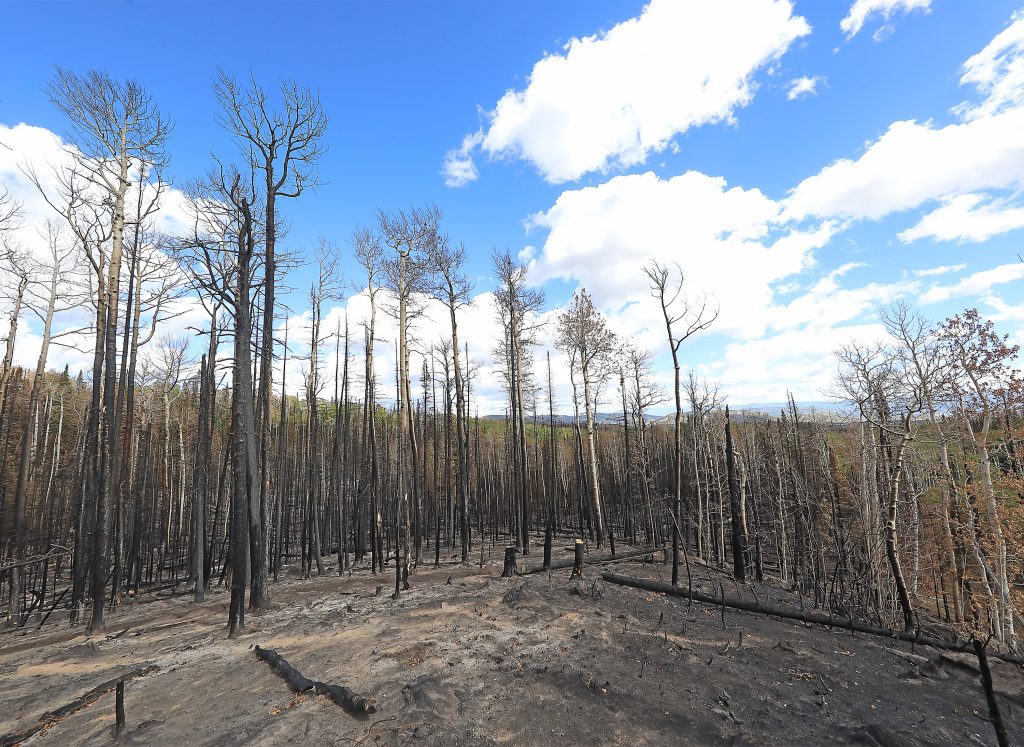
John F. Russell/Steamboat Pilot & Today
Green grass pushed through the blackened soil, bringing wildlife and renewal three weeks after the Crosho Fire in South Routt County was contained.
“It’s almost magical,” said U.S. Forest Service Yampa District Ranger James Statezny. “There’s already three inches of grass growing. It’s pretty amazing.”
After the wildfire was 100% contained Aug. 25, the Wyoming Type 3 Incident Management Team handed command of the fire back over to the Forest Service.
Since then, the Forest Service has been focused on controlling remaining hot spots, clean up and other recovery efforts.
Throughout their “mop-up” operations, Forest Service personnel noticed signs of recovery, including bright green grass and mule deer grazing among the new growth.
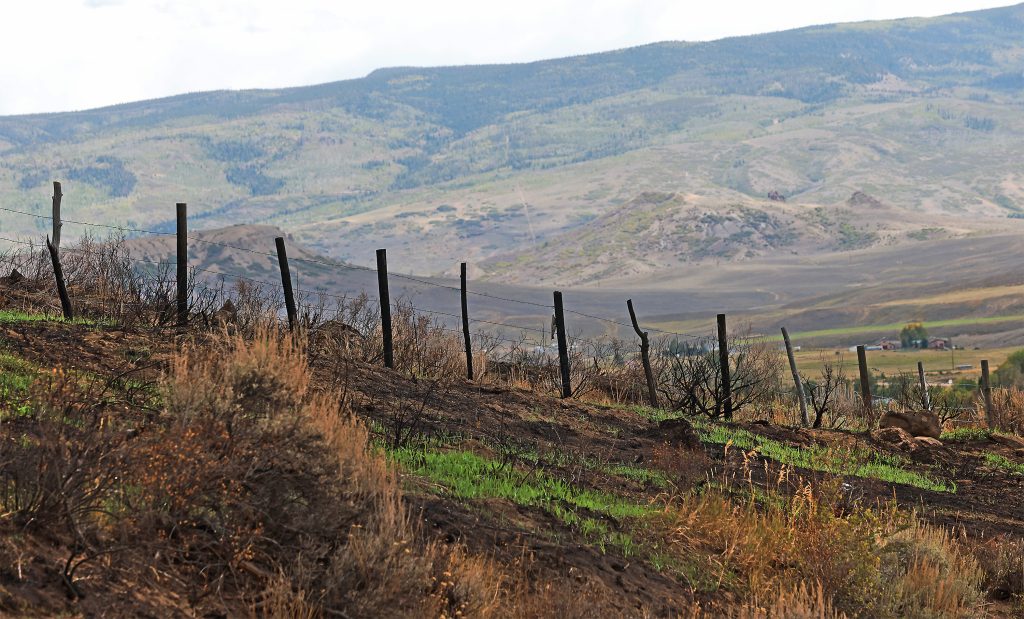
Statezny said the fire cleared out dead, dry fuels including grasses, scrub oak and sage brush, giving the forest a chance to regrow for the benefit of wildlife.
“How it works with fire is the wildlife initially flee and get out of there,” said Ryan Nadiak, the first and current incident commander over the Crosho Fire. “Then they come back pretty quickly as soon as the fire gets wrapped up.”
“It’s too early to tell how it’s going to affect (the wildlife) in the long term, but the way this fire burned, it’s hopefully going to be a positive effect for them,” added Nadiak.
Not only did the fire make more room for wildlife to roam through the dense forest, said Nadiak, but the new growth will provide higher nutritional value as well.
During a tour of the burn scar area Thursday, U.S. Forest Service personnel and other officials explained that some low-intensity areas of the fire will be revitalized due to the ecosystem’s ability to bounce back.
“This was a low-intensity burn, meaning the soil didn’t get sterilized,” said Derrick Charpentier, regional battalion chief for the Colorado Division of Fire Prevention. “It means the roots that are there don’t get damaged and they can reestablish.”
“With these types of fires, there are huge ecological benefits,” added Charpentier.
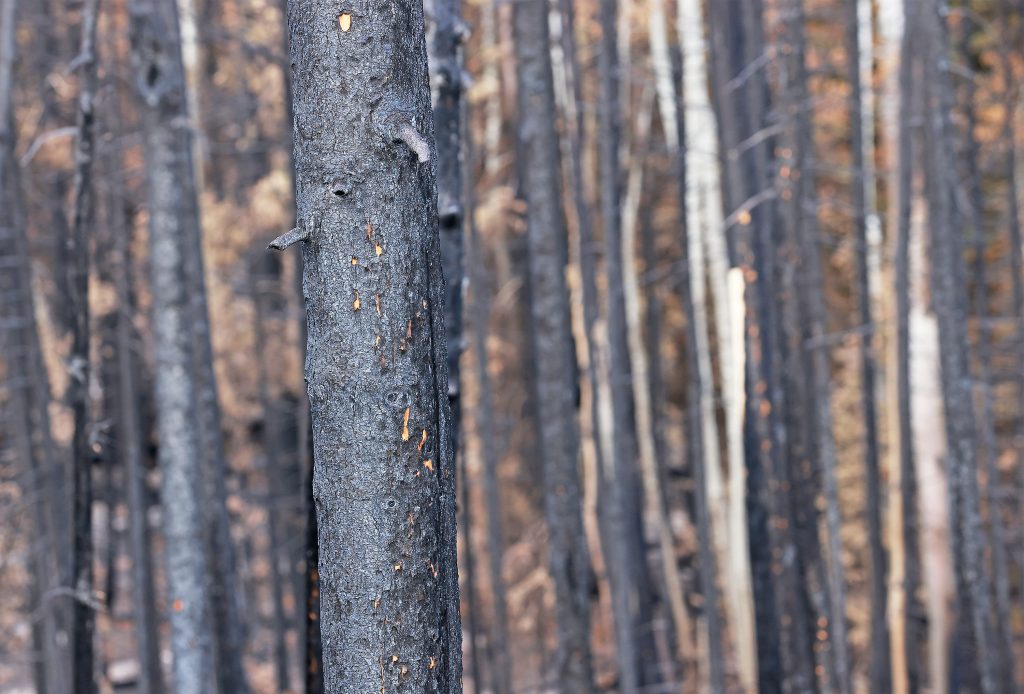
Statzny noted that lighter color soil seen on the forest floor after a wildfire indicates spots of high-intensity fire activity, while black soil indicates low to moderate-intensity fire activity.
The lighter color soil is burned down to its most basic elements, black, charred soil still has nutrients and fuels within it, allowing for new growth.
“As (the fire) burned the subalpine fir and conifer, it was really cleaning that out in the high intensity and moderate (areas) … ,” said Statezny. “When the fire got out of there and into the aspens, it didn’t hit a lot of life. It was just working through it, cleaning up all the dead grasses. So that stuff is all going to come back really boisterous.”
“Even the conifer stands that burned up will come back as aspens now,” said Statezny. “As far as wildlife habitat in the long run, it’ll be beneficial.”
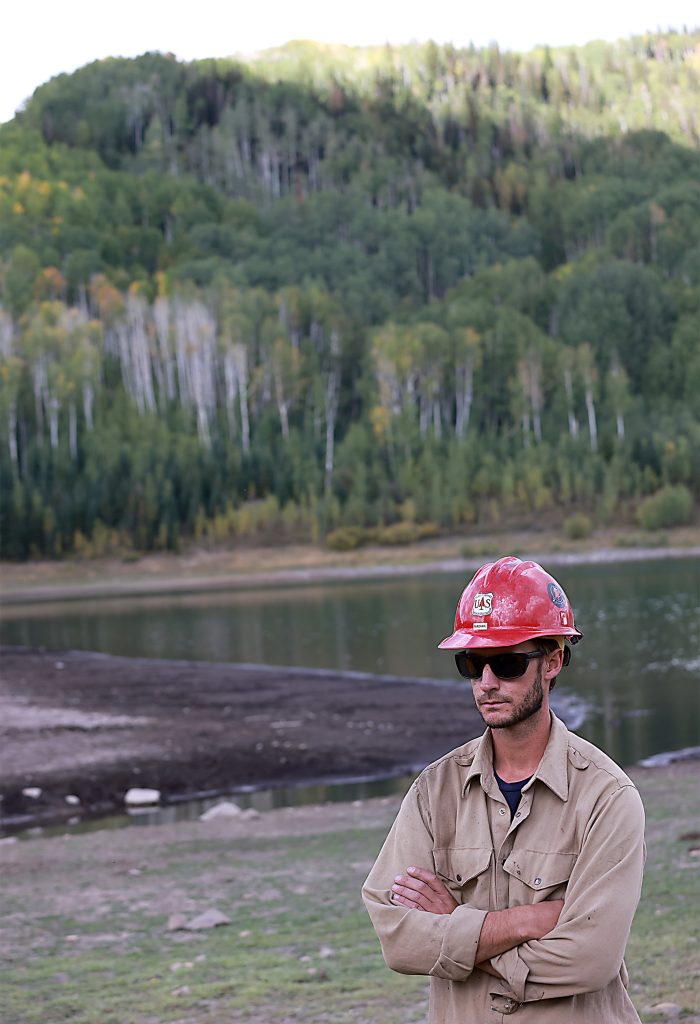
The fire started around 4:30 p.m. Aug. 11 at Crosho Lake, sending local and federal fire crews to the scene. Campers in the area were promptly evacuated, leaving by around 6:30 p.m.
Overnight, the fire grew to around 300 acres. Aerial resources were called in — including a Sky Hammer and two sky cranes — which used water from Crosho Lake and Allen Basin Reservoir for an initial attack.
Four super scoopers, or Canadair CL-415 aircraft, later arrived at the scene, dropping water from Stagecoach Reservoir on the blaze, as well as two Modular Airborne Fire Fighting System aircraft, two additional airtankers and one helitanker.
“That was helpful to try and slow it down,” said Nadiak, the first incident commander on the fire. “I mean, it was just so hot and burning so quick that no matter how much water you put on it, you’re not putting it out. You’re just slowing it down.”
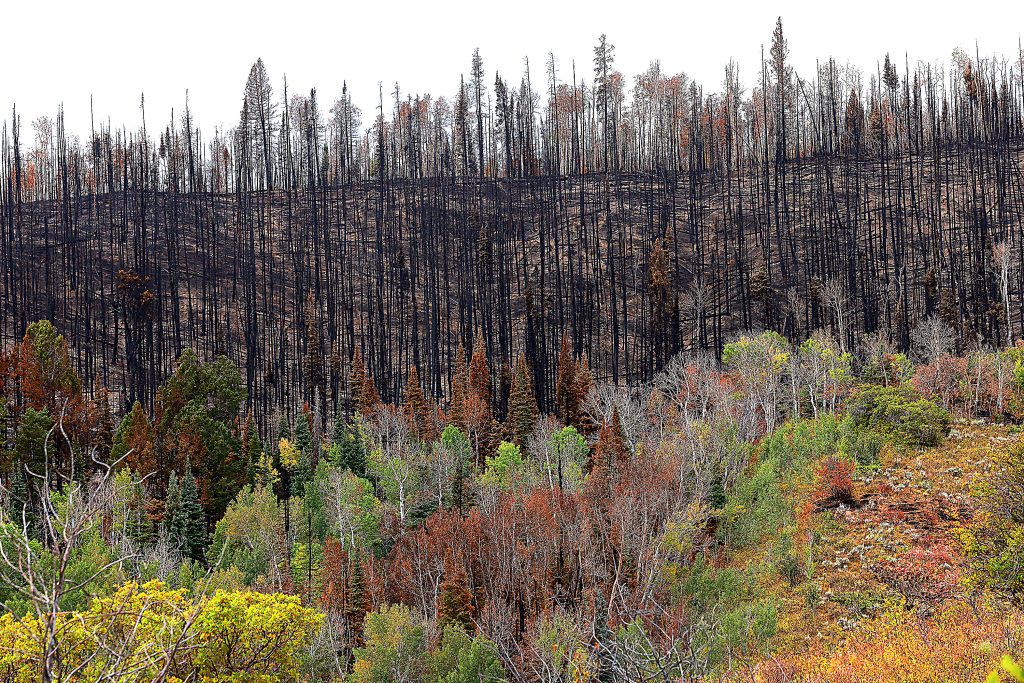
“For how much energy it had right at the start, (the Forest Service) was like, ‘Let’s get as much resources here as possible to prevent it from getting to that Lee Fire status,'” continued Nadiak. “Because of thick timber, dead trees, the slope alignment and all of that, it had the potential to go big.”
By the morning of Aug. 13, the fire had exploded to 1,700 acres. Nearly 200 fire personnel — including firefighters from the Forest Service, Steamboat Springs, Oak Creek and Yampa — were on the scene, and two evacuation zones were issued “Go” orders.
After another full week of hot, dry weather conditions caused the area to remain under consistent Red Flag Warnings, the drought finally broke, bringing rain showers that aided the firefighting effort.
“You always gotta have a lot of luck in a fire,” said Statezny. “It could just keep kicking your butt no matter what you do. But sometimes, if you can get a little bit of luck on your side so that the team can come and get their head around it, they can start taking advantage of those days. It was crucial.”
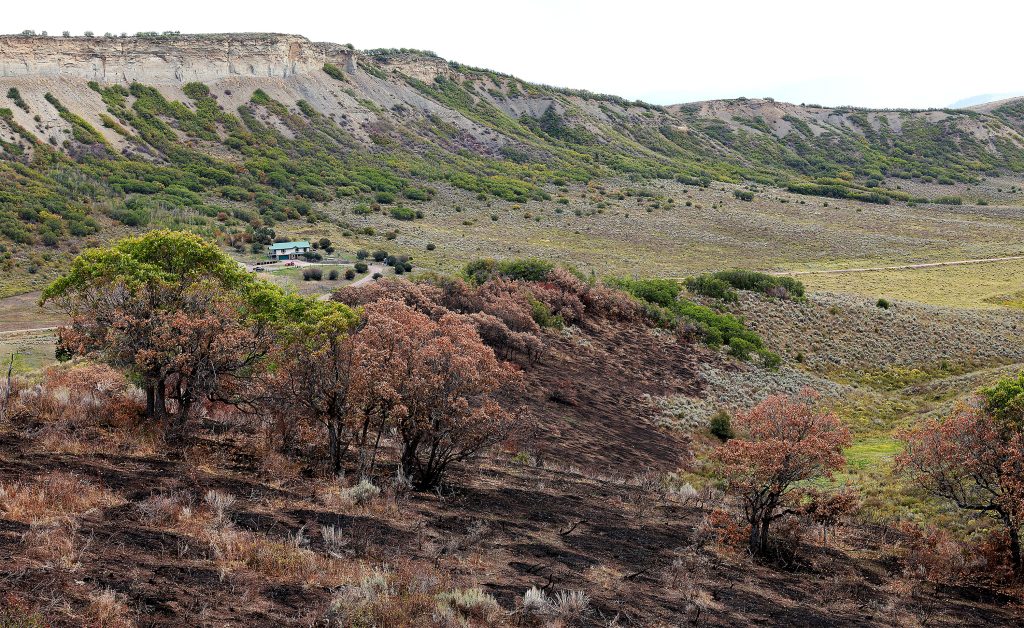
On Aug. 26, the fire reached 100% containment at 2,073 acres, with 60% of the fire covering private property to the north of Crosho Lake.
The property owner, longtime local rancher Mark Rossi, said family, friends and community members helped extinguish hot spots during the blaze, protecting the historic land from further harm.
“It was great — getting community support and neighbors and friends to help, and family all coming in and helping — it was a great experience,” said Rossi.
Once the fire started encroaching on the private land, Rossi relocated his livestock to a different pasture, using his two ranch dogs to work quickly.
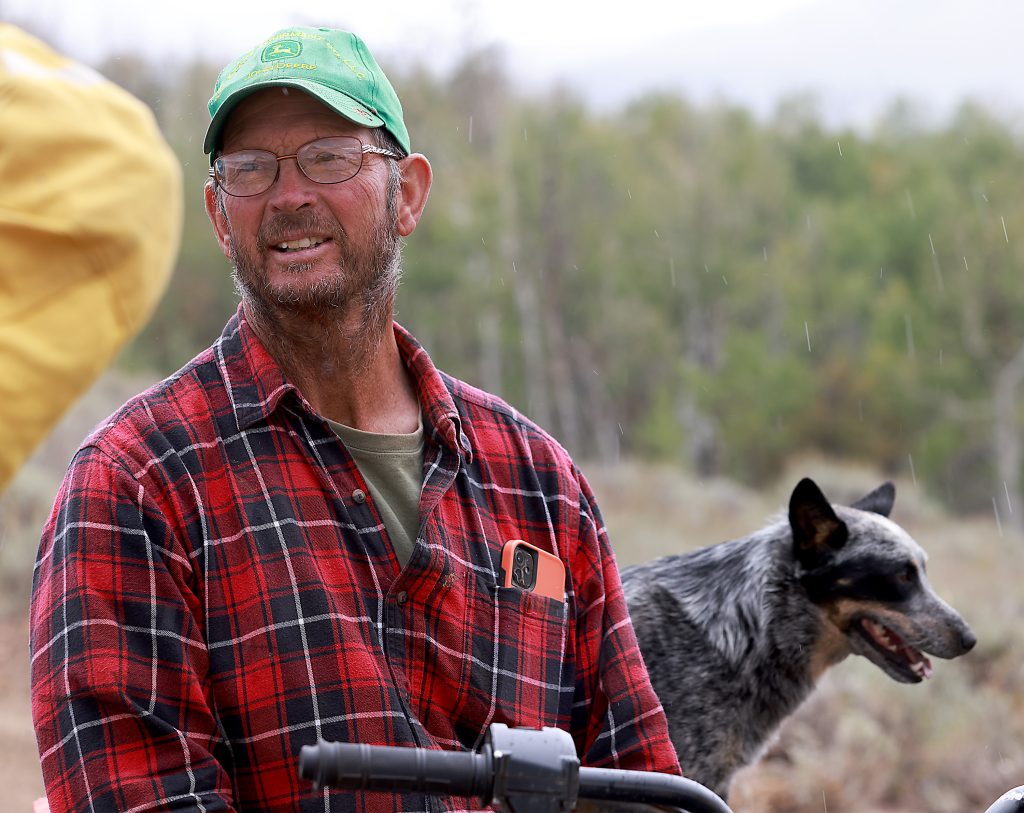
Although the blaze continued to burn the Rossis’ land, the family had hope that it would steer clear of their home.
“I don’t think I was really that anxious … ,” said Rossi. “Hearing the news from the outside when you’re actually there — you’re just too busy to be anxious.”
Officials said firefighting and aviation crews frequently crossed paths with volunteer community members on the Rossis’ land and coordinated with them to battle the blaze together.
At one point, firefighters even helped the volunteers out of the way so aerial resources could drop water and fire retardant on the line. After the drops, the volunteers and firefighters continued working.
“The coordination was real-time,” added Charpentier.
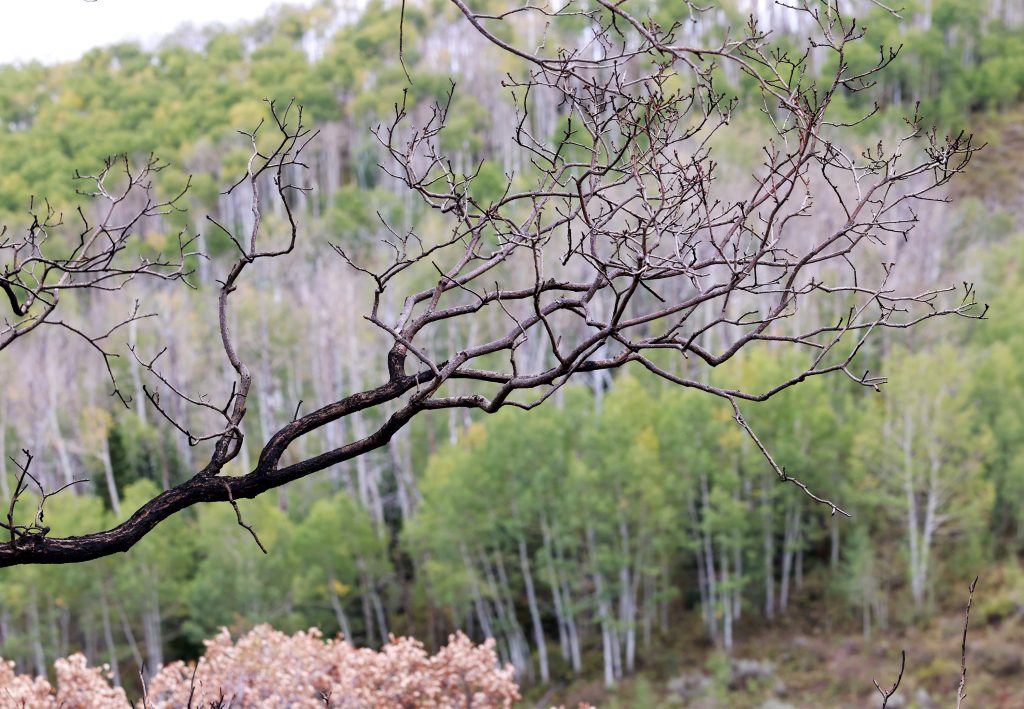
Alyssa Wilhelme, an emergency management specialist with Routt County, said she was proud to see federal, state and local agencies coordinate to protect both public and private lands.
“We have really good, strong relationships in Routt County, and Northwest Colorado in general,” Wilhelme said. “People really show up for each other. The fire was half on private land, and the fact that we still have the feds here is really cool. I think there’s a lot of really great communication and coordination that continues to happen.”
What started the fire?
The cause of the fire remains undetermined as of Sept. 12, said Forest Service Public Affairs Specialist Aaron Voos.
“It’s still an active investigation,” Voos said. “There have been law enforcement investigators who have come and looked. At this point, they’re saying it’s undetermined, but if they can determine a cause in the future, they will.”
Moving forward, the Forest Service will continue “babysitting” the burned areas, watching for hot spots and any other hazards that pose a threat, said Nadiak.
“This shows how resilient the land really is, and how not severe a lot of this burn was,” said Charpentier. “This is doing great work … Ecologically, this is what nature needs to happen.”
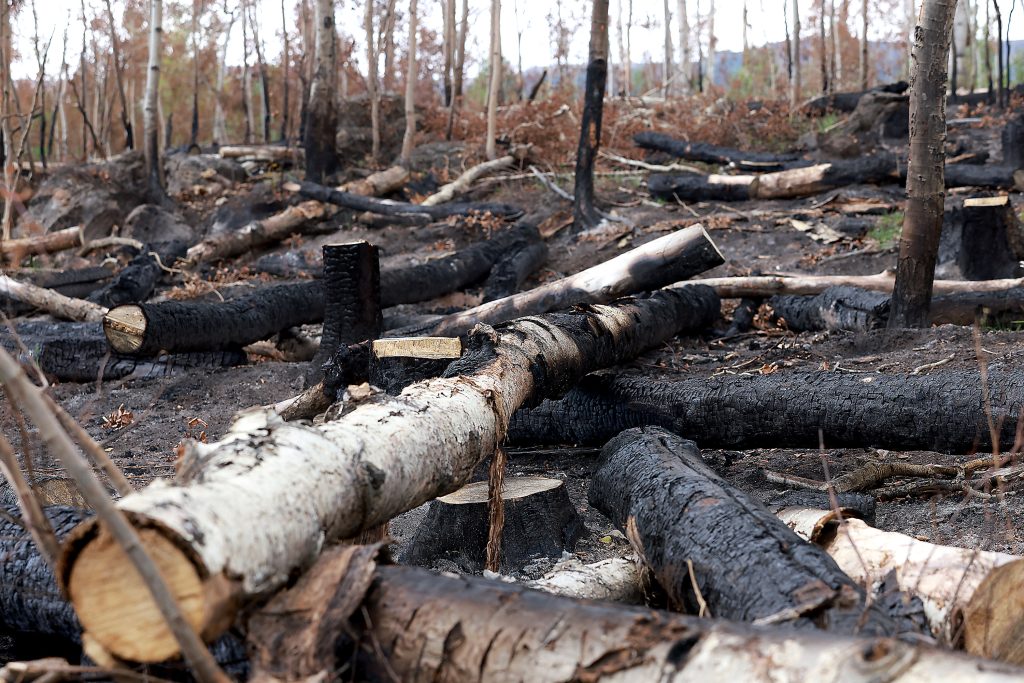


Support Local Journalism

Support Local Journalism
Readers around Steamboat and Routt County make the Steamboat Pilot & Today’s work possible. Your financial contribution supports our efforts to deliver quality, locally relevant journalism.
Now more than ever, your support is critical to help us keep our community informed about the evolving coronavirus pandemic and the impact it is having locally. Every contribution, however large or small, will make a difference.
Each donation will be used exclusively for the development and creation of increased news coverage.






